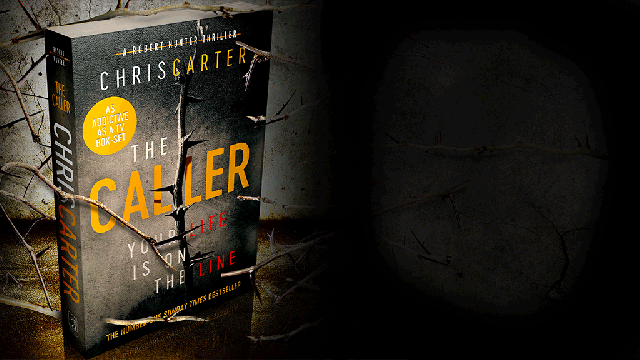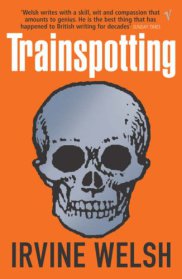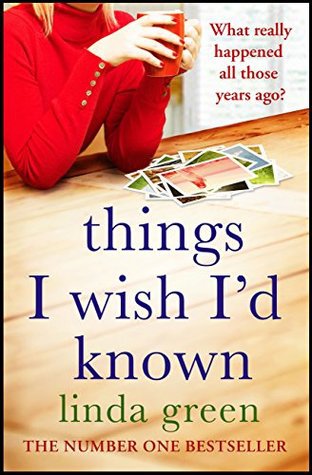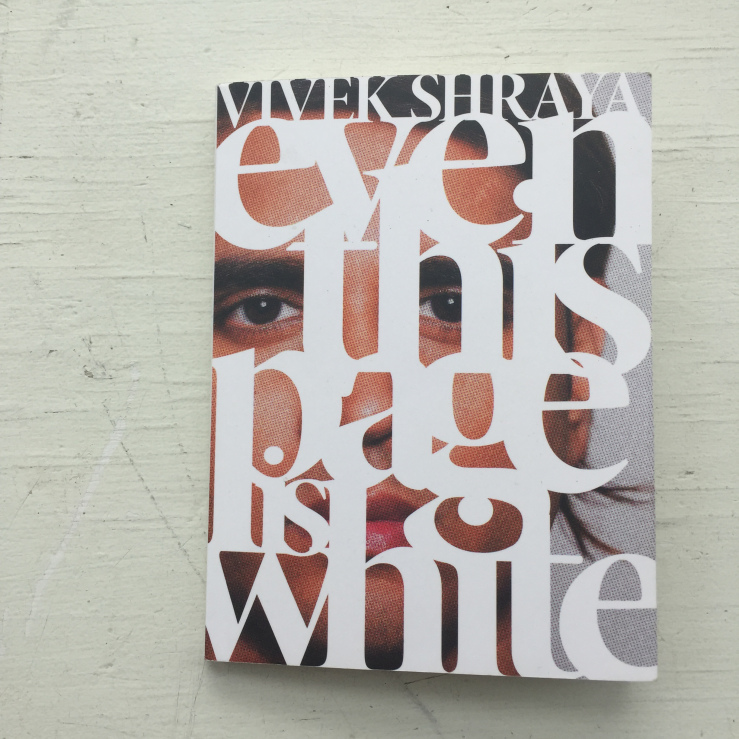We all need someone to hate. It’s good for the soul, we reckon. And while it’s not that useful to hate a real person, literature gives us a plethora of scumbags to choose from: Hannibal Lecter, Cruella de Vil, Voldemort, Iago – all so absolutely awful that you wish them dead.
But how do you tap into that part of people’s brain? And how do you stop the villain from veering into the pantomime and ending up with a moustache-twirling man tying a blonde woman to the railway line ?
Chris Carter, master of monsters and author of the #1 Sunday Times bestseller The Caller, tells us how to get the most out of your villainous characters.

The Caller is out in paperback – get it here
Do you get inspiration from true crime?
Yes, I do. I think that every crime fiction writer draws from true crime. In my case, I do draw a lot from past cases that I either worked in or read about during my time as a criminal behaviour psychologist.
When writing a villain how do you ensure that they are realistic? Is realism the most effective tool to scare your reader?
I do believe that realism is the most effective tool that not only myself, but any crime fiction author can use if his/her intention is to scare his/her readers. The reason for that is simple psychology – when it comes to stories, being those in books, films, soap operas, whatever, we as humans tend to become more emotional when we can relate to the plot, scene, passage, character and so on. If an author creates a villain who seems to be too over the top, too unbelievable, most readers will fail to fear the character for that exact same reason. For example – no matter how much you like the story, or how much you want to believe it; subconsciously your brain knows that no real person can shoot fire through their eyes. That subconscious knowledge will stop the reader from becoming truly scared. But if the villain is a character who the reader could truly visualize, someone who the reader could picture hiding inside is/her own house, or approaching him/her at a bar or something, they would undoubtedly fear the character a lot more.
All I do to try to ensure that my villains are as realistic as possible is – I try to imagine him/her as my neighbour, or the shop assistant down the road, or the pub lord around the corner. Someone believable. Someone who any reader wouldn’t have to stretch his/her imagination any further than the person sitting next to him/her on a bus to visualize the villain in their heads. Don’t write your villain too quirky, too exceptional, too crazy, too fantastic, too anything.
If it helps, think of someone you know and base your villain on him/her.
If you could give 3 tips of things to avoid when writing villains what would they be?
Well, please refer back to question two, but in any case:
1 – Don’t make your villain too unrealistic.
2 – Don’t make your villains crimes too unbelievable, unless you’re writing a 007-style story, or anything on those lines.
3 – Don’t take anyone’s advice. It’s YOUR villain
When writing do you imagine the villain or the crime first?
I have no set way of doing it. I have created villains where I first thought of the crimes that would be committed and I have also created villains where their image came to me first.
Which villain/s in literature, film or theatre do you consider to be the greatest and why?
I’m afraid that I will sound quite cliché on this one, because I will have to go with Hannibal Lecter in Silence of the Lambs, Jonathan Doe in Seven and Kaiser Soze in The Usual Suspects. The reason I chose them is quite simple. They are all very believable, and so are their crimes.
The Caller was published in paperback on 27th July by Simon & Schuster. Follow Chris on Facebook here
Advertisements Share this:




